
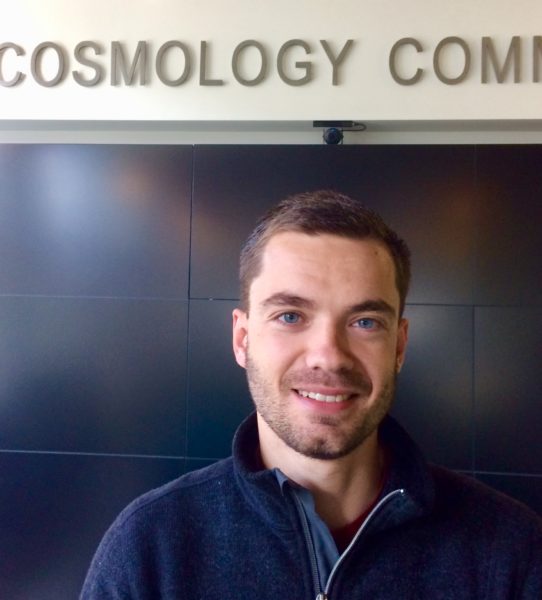 What is your role in the DESI project?
What is your role in the DESI project?
In the past, I’ve largely taken highly polished versions of data and attempted to draw definite conclusions about our Universe, in particular whether we understand gravity as well as we think we do.
For DESI, I’ve gotten closer to the dark art of creating this data and tried to better understand how this might affect the conclusions we can draw. On a day-to-day basis, I mostly plug gaps by trying to solve the latest problems, which is great. I enjoy the freedom and learn a lot, but anticipate a more coherent role in the future.
Where were you born? Where do you live now?
Glengormley, Northern Ireland. Slightly different from my current abode of Berkeley, CA!
What would you say is the most interesting or exciting thing about DESI?
I’ve never been this close to a telescope before so everything is new. The people are great and my primary motivation is what we will learn about the birth of the Universe. It’s fantastic that we can say anything at all. I confess that I also spend a lot of time thinking about what we might do better next time around.
If you were not a scientist, what would your dream job be?
Likely something soccer related.
Any advice for aspiring scientists?
Get involved early and ask around. There’s often a snowball effect and you won’t know where you will end up.
Finally, what do you do for fun?
Surfing, sailing, cycling and soccer. Not necessarily in that order. I’m also a budding wood working enthusiast.
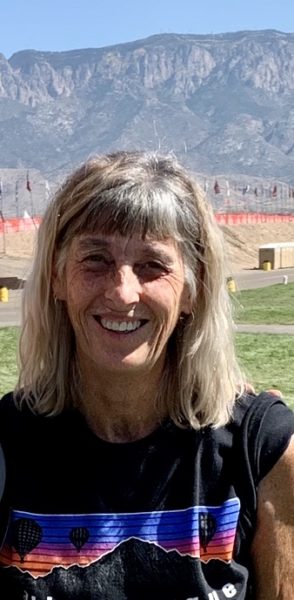 What is your position or role in the DESI project?
What is your position or role in the DESI project?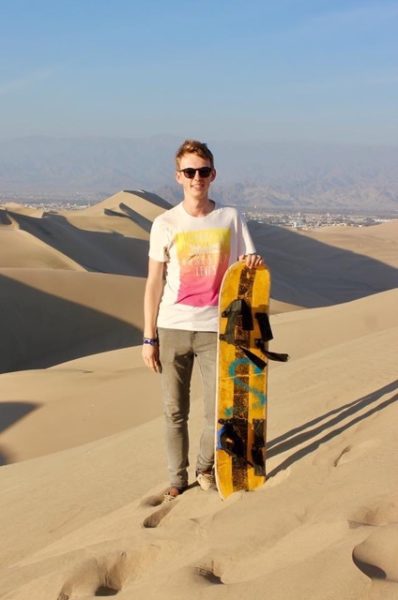 What is your position or role in the DESI project?
What is your position or role in the DESI project? What is your position or role in the DESI project?
What is your position or role in the DESI project?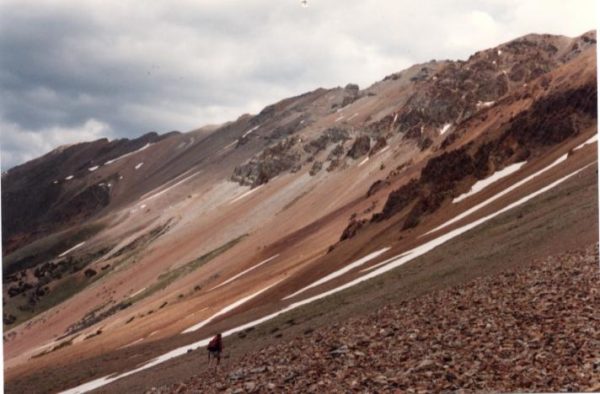
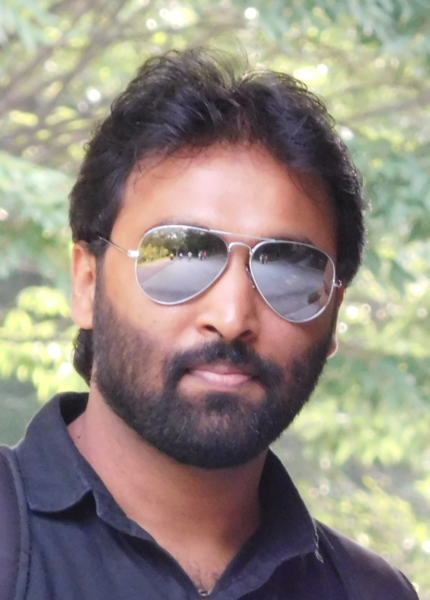 What is your position or role in the DESI project?
What is your position or role in the DESI project?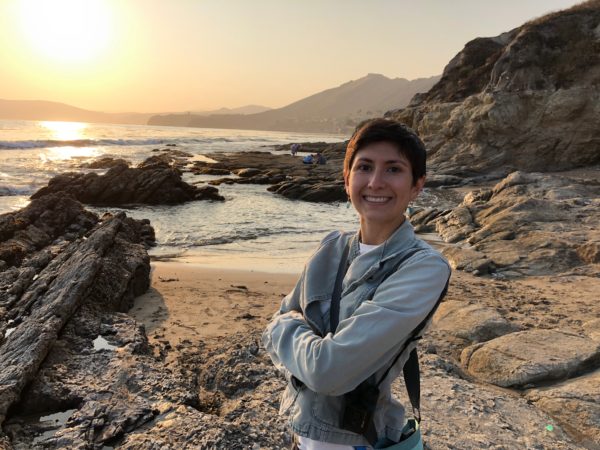 What is your position or role in the DESI project?
What is your position or role in the DESI project?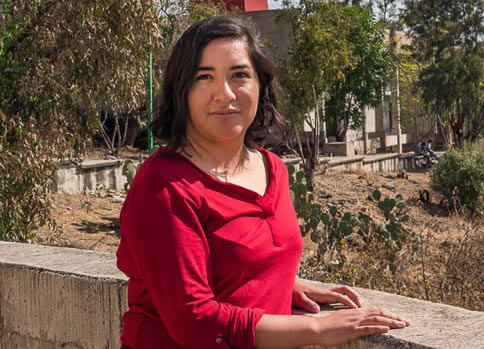 What is your position or role in the DESI project?
What is your position or role in the DESI project?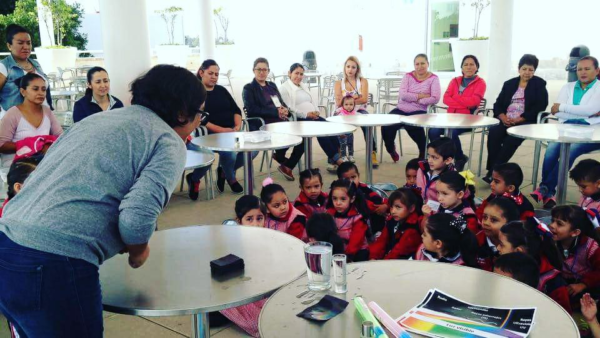
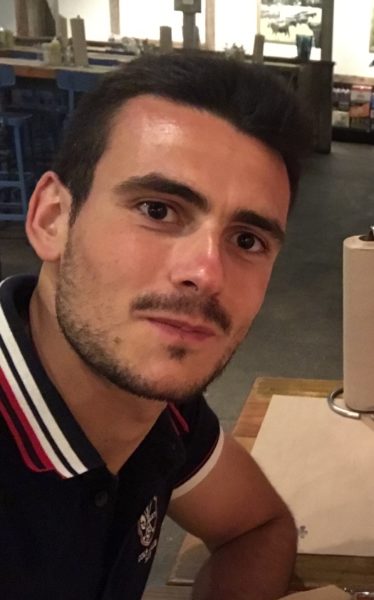 What is your position on DESI?
What is your position on DESI? What is your position on DESI?
What is your position on DESI?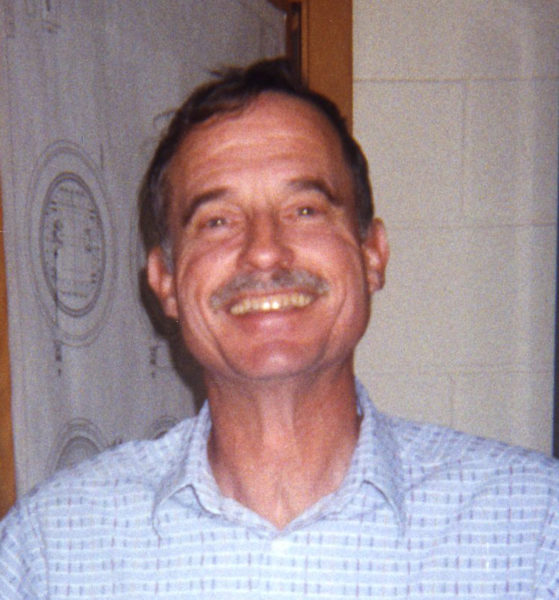 What is your position on DESI?
What is your position on DESI?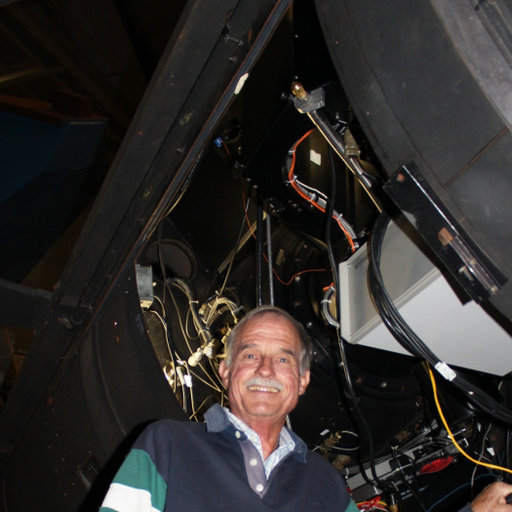 What excites/interests you most about DESI?
What excites/interests you most about DESI?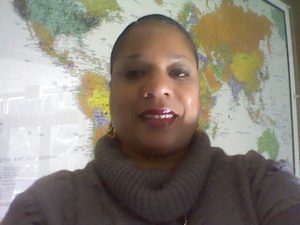 What is your role within DESI?
What is your role within DESI?